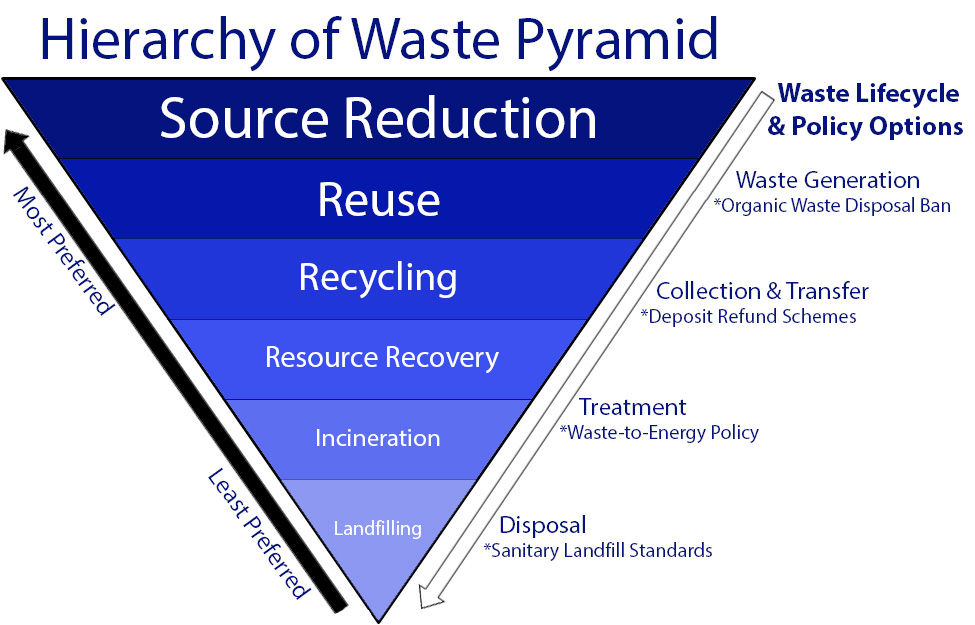Peru methane mitigation project moves into next phase
- Brooks Shaffer

- May 3, 2022
- 4 min read
Updated: Jun 29, 2023

While climate change is an urgent crisis, addressing the sources of greenhouse gases is complicated. Our systems – from production to transportation to waste treatment – require large systemic change.
A current initiative to reduce methane emissions from the waste sector in Peru, led by CCAP and partner organization Implemente Sur and supported by Peru’s ministry of environment (MINAM), has taken a major step forward, entering the detailed preparation phase (DPP) of the NAMA Facility process. During this phase, we will identify on-the-ground partners, do cost analysis, finalize contracts, screen for potential negative effects, including to the environment, society, human and gender rights, and detail how the project can be scaled up and replicated across the country, and potentially, the region. The DPP will be completed in mid-2023 and, if successful, will lead to the project’s implementation over the following five years.
The goal of the initiative is to reimagine Peru’s waste sector from a system that relies on landfills to one that introduces circular economy concepts and strives to capture methane emissions and convert them to useable energy. The proposal consists of 22 waste recovery projects, focused on the technologies of landfill gas recovery, composting, and anaerobic digestion.
This program follows CCAP’s philosophy of the three-legged stool of systemic change: To reduce greenhouse gases in a systemic manner, programmatic changes rely on policy frameworks that support change, proven financial viability, and demonstration of a pipeline of projects that are suitable to these frameworks and financing methods.
For example, this NAMA Support Project (NSP) seeks to overcome investor hesitancy by piloting and financing landfill gas capture and electricity generation projects in landfill sites. Once investors see that this type of project is viable, they will be more open to investment. CCAP believes that climate finance, or opening climate action to traditional investment opportunities, is a key component of addressing climate change.
According to the UNEP, organic waste is the source of over 36 percent of the country’s methane emissions -- and that amount is projected to increase. By 2025, the World Bank forecasts that Peru will be generating 36,000 tons of waste per day, or over 13 million tons per year. Over 50 percent of this waste is organic, which decomposes to produce methane gas. Methane is a super pollutant, whose impact is 86 times greater than CO2 over a 20-year period. Recovery, composting, and anaerobic digestion are all methods to productively reuse or reduce methane emissions. This project would also avoid the emission of CO2 that would otherwise result from the production of fertilizer, fuels, and power.
In addition, a circular waste-to-beneficial reuse system diversifies the sector, creating additional economic activity and new, green jobs, while reducing landfill growth.
Initial modeling suggests that the project could lead to the direct reduction of 12.34 million tCO2e over 20 years, and indirect emissions reductions of over 24 million tCO2e. It would allow the processing of 7,600 tons per day of organic waste, the equivalent of the total capacity of 4 large landfills in Peru, or 69 percent of the organic fraction of municipal waste produced in 2018.
You can read more about the project here.
The NAMA Facility is an international climate finance program that promotes ambitious measures to reduce greenhouse gas emissions. It is funded by the German, Danish, and UK governments, the European Commission, and the Children’s Investment Fund Foundation, and operated with technical support from KfW Development Bank and GIZ, Germany’s main international development agency. The goal of the NAMA Facility is to “finance innovative projects that tackle specific local challenges for reducing emissions in sectors and countries with strong potential for up-scaling, replication, and the ability to influence wider sectoral changes” and to “unlock investment opportunities by providing tailor-made climate finance to fund projects.” Projects are determined through open calls. The most recent, the organization’s 7th call for projects, will provide up to EU60 million to NAMA Support Projects (NSPs) worldwide.
Under the UNFCCC, Nationally Appropriate Mitigation Actions (NAMAs) are defined as “any action that reduces emissions in developing countries and is prepared under the umbrella of a national governmental initiative. They can be policies directed at transformational change within an economic sector, or actions across sectors for a broader national focus.” NSPs are one type of NAMA.
The Peru project is one of five that has been selected to go forward in the DPP, from an original application pool of 57 projects worldwide. If successful, it would be among the first waste sector projects supported by the NAMA Facility.
CCAP’s expertise in designing sectoral mitigation programs, convening key stakeholders, getting government buy-in, and connecting promising projects to climate finance has helped us get to this point, and we are eager to see this NSP through to fruition.
CCAP’s mission is to support every step of climate action, from ambition to implementation. A recognized world leader in climate policy and action, CCAP creates innovative, replicable climate solutions, strengthens capacities, and promotes best practices across the local, national, and international levels to accelerate the transition to a net-zero, climate resilient future. CCAP was founded in 1985 and is based in Washington, DC.




شيخ روحاني
رقم شيخ روحاني
الشيخ الروحاني
الشيخ الروحاني
شيخ روحاني سعودي
رقم شيخ روحاني
شيخ روحاني مضمون
Berlinintim
Berlin Intim
جلب الحبيب
https://www.eljnoub.com/
https://hurenberlin.com/
At its core, Infinite Craft is about curiosity and discovery. Each new combination feels like a reward, and the thrill of finding something unexpected keeps you going. It’s not about competing or winning—it’s about exploring ideas, experimenting with concepts, and having fun seeing what emerges.